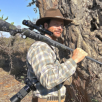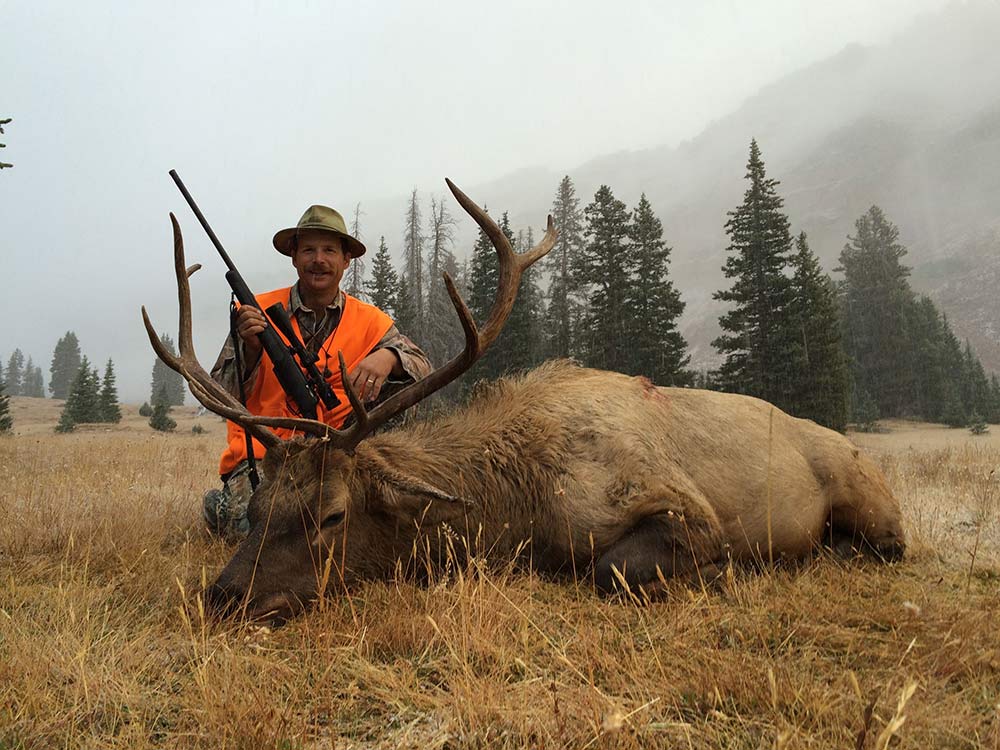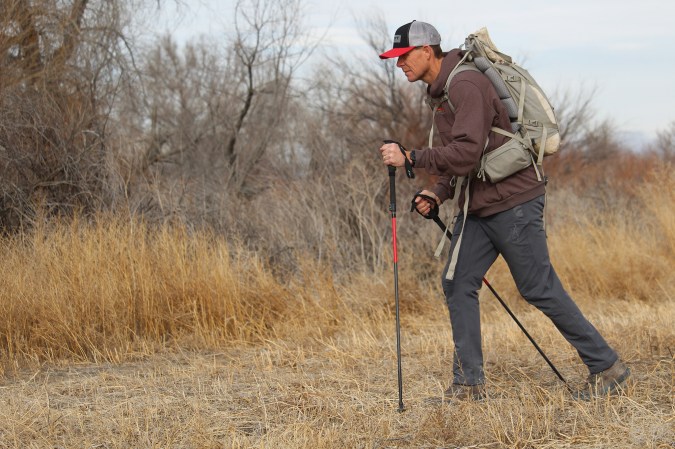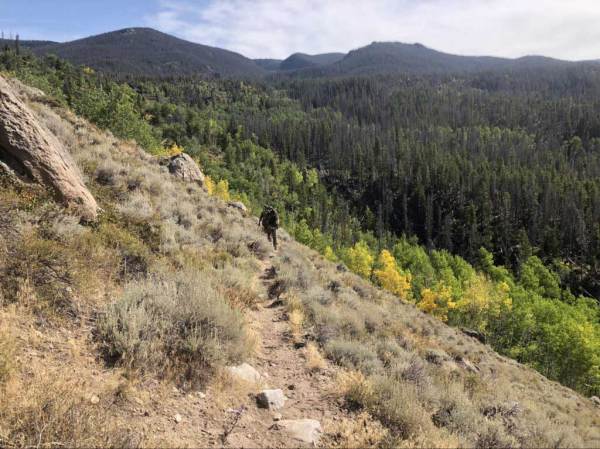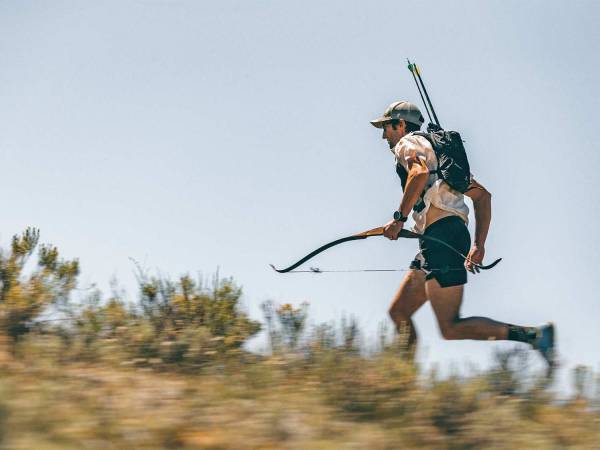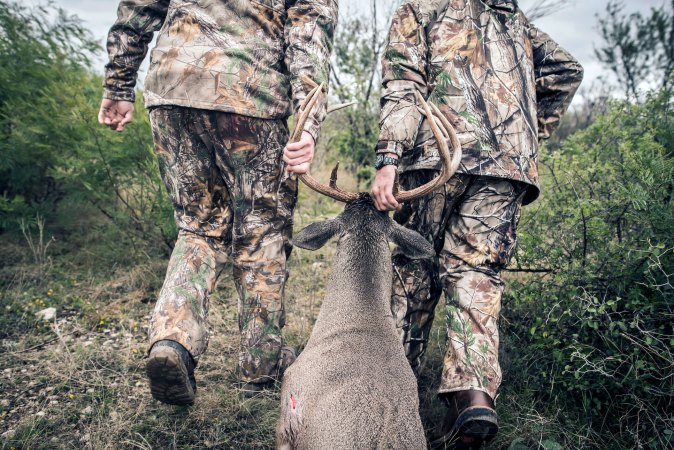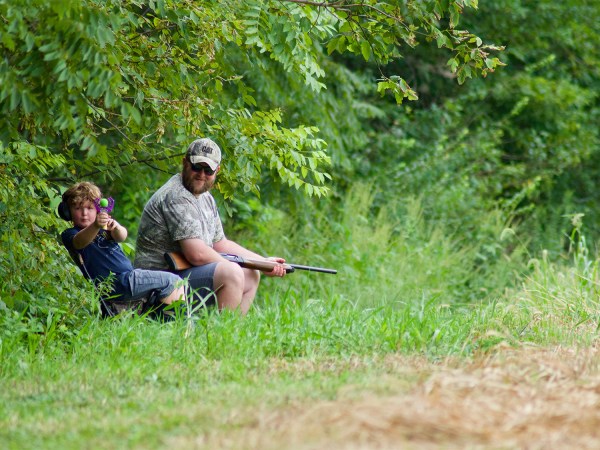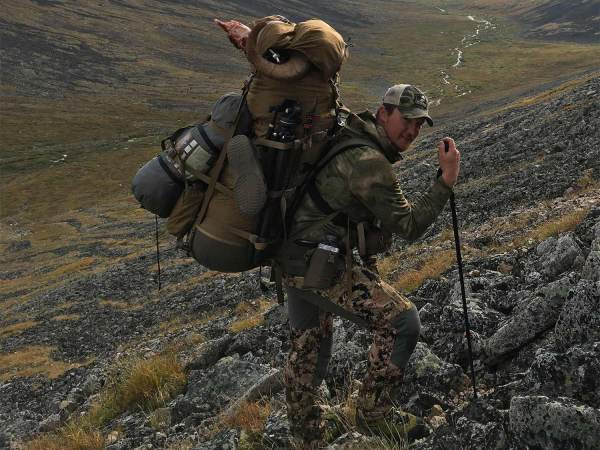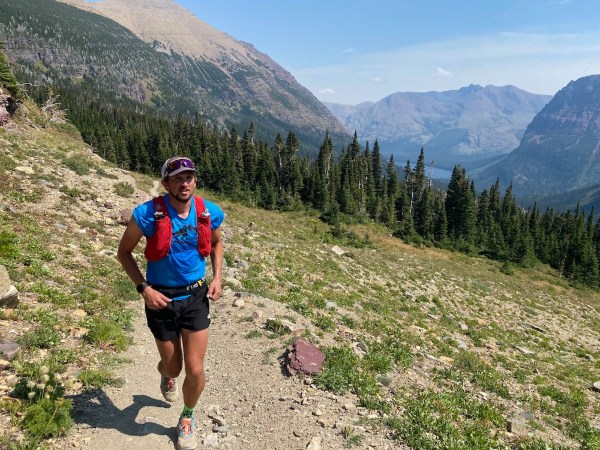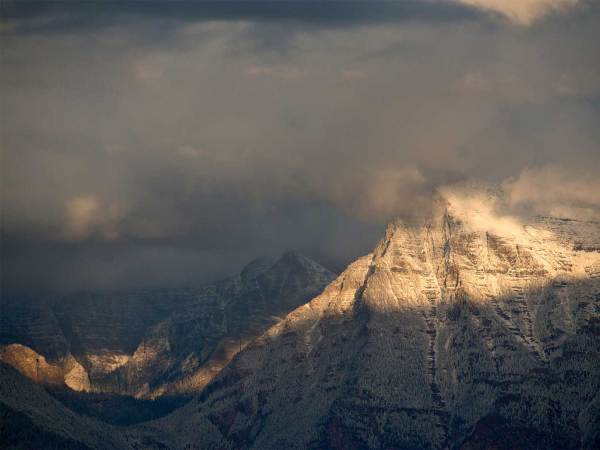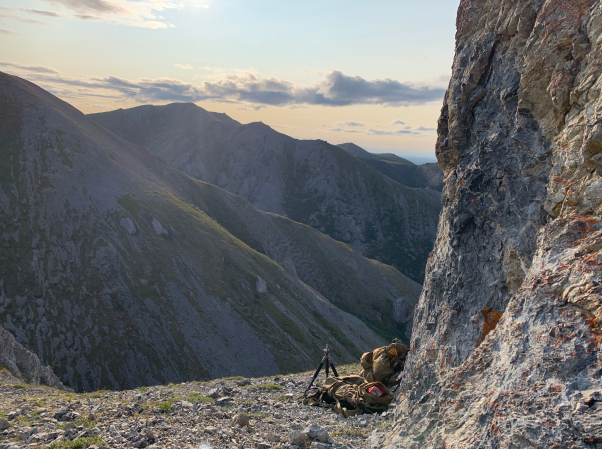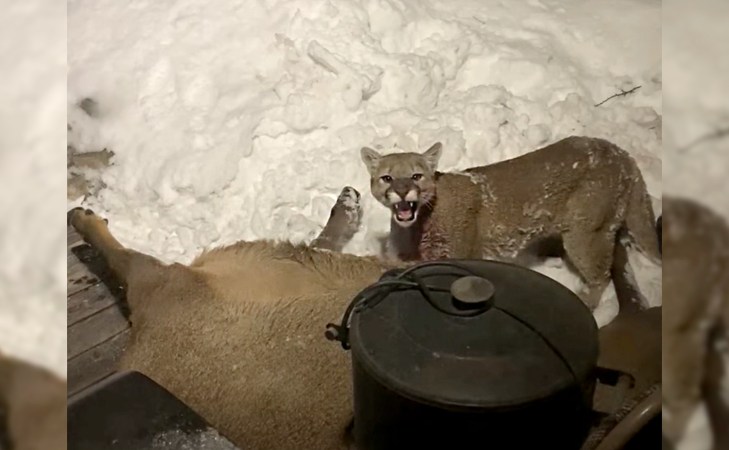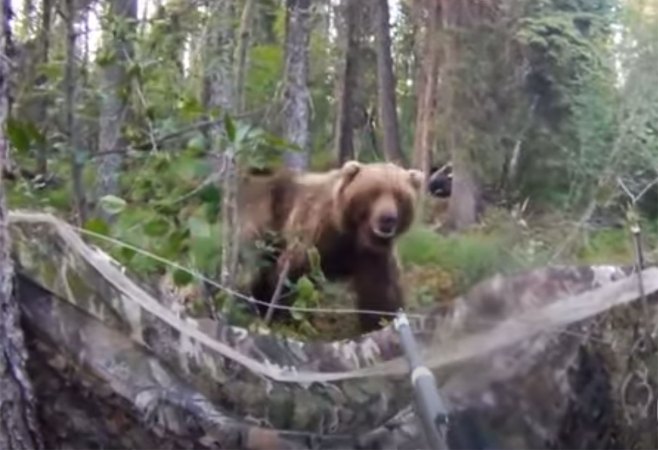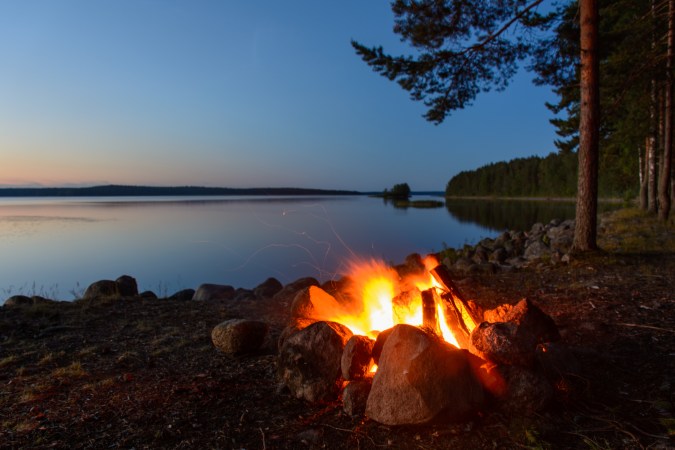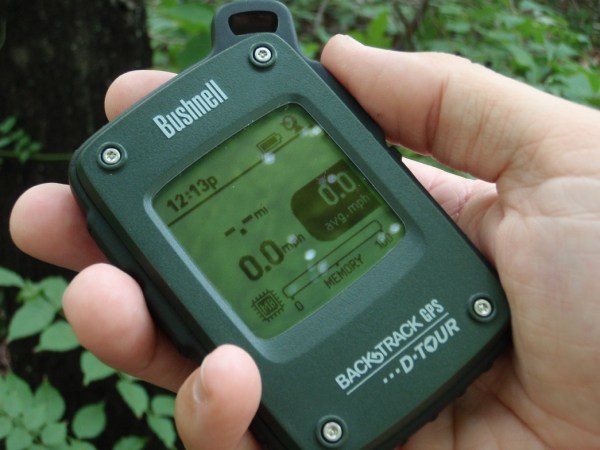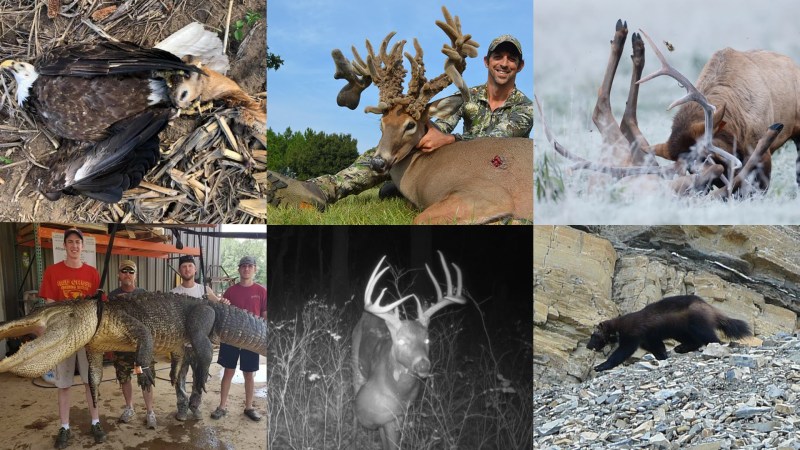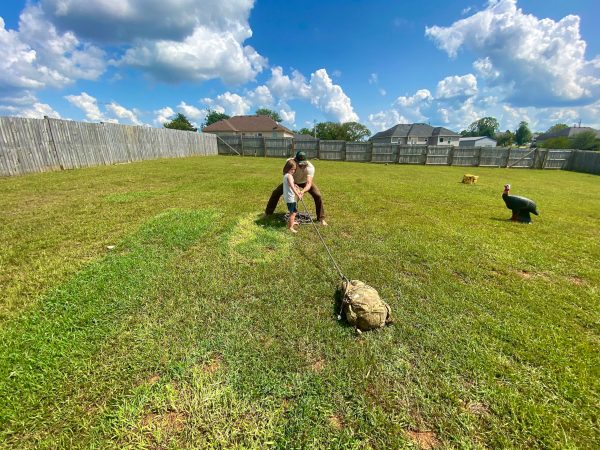Elk poured over the ridge in a steady wave, two legal bulls among the herd. My hunter sucked at the high-altitude air, trying to catch his wind. A moment later the elk were gone, and the client emphatically insisting that he was not climbing the ridge after him. I tried to talk him into it, because I knew where those elk had gone. I knew that if only we could crest that ridge, the opportunity he had traveled clear across the Lower 48 for would be waiting. But he would not—perhaps could not—do it.
This story repeats itself multiple times every fall in the rough country elk call home. A few avoidable mistakes cost a lot of hunters a lot of elk, year after year. Don’t be that guy. Here’s how to prepare now for success in the elk woods this fall.
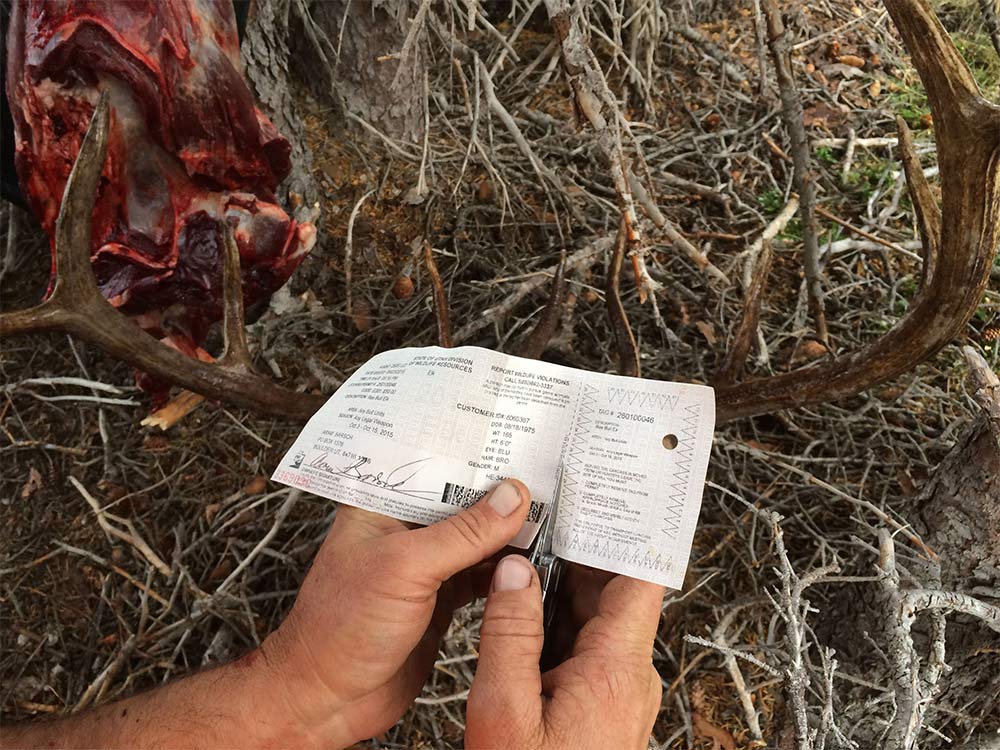
The best elk hunts are limited draw hunts, awarded by lottery each year. Application periods vary by state from late winter to early spring. Put in your time researching and filling out applications. Unfortunately, due to a supply & demand imbalance, those tags are getting ever-increasingly hard to draw. But it’s worth applying each year, and someday you just might draw the best elk hunt of your life. Good states to apply in are Utah, Arizona, Nevada, Colorado, and Oregon. Meanwhile, develop your skill and experience levels by hunting over the counter (OTC) or easily drawn units. Great easy-draw or OTC hunts can be found in Utah (spike only hunts), Colorado, Idaho, Montana, Oregon, and Wyoming.
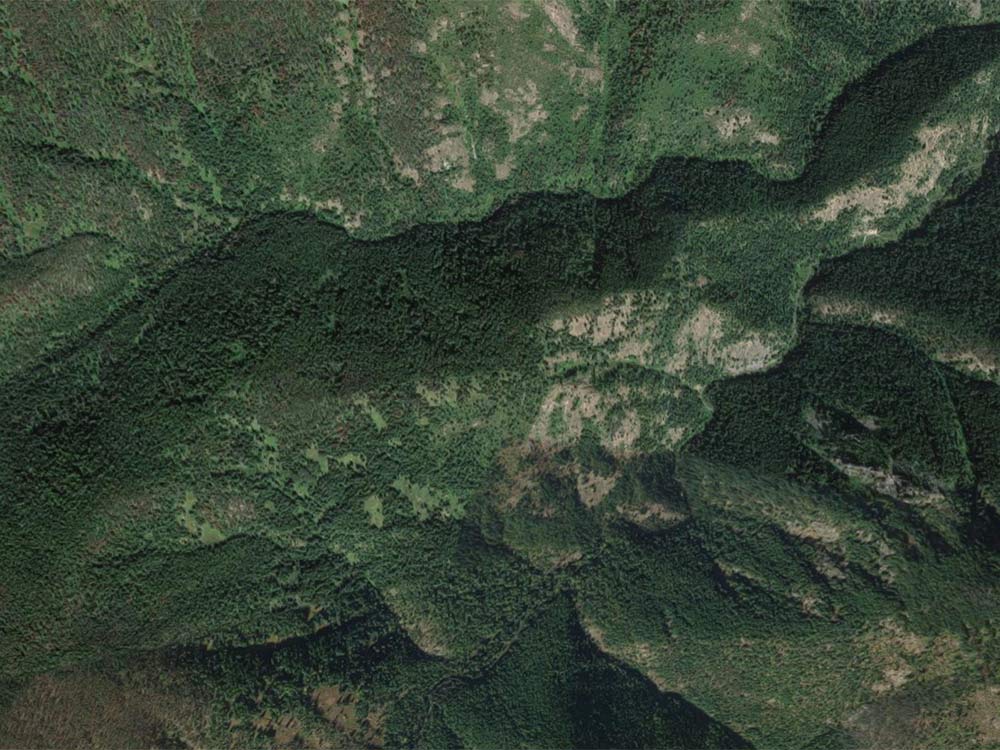
Your next task is to use Google Earth to scout out likely elk honey-holes. Elk need four things: Food, water, cover, and security. Find those four things, and you will find elk. Favored feeding areas include open south-facing grassy slopes, hidden deep-timber meadows, and brush-filled woods – especially if the woods are aspen or oak. A dark, north-facing timbered slope provides ideal bedding cover, and if water lies at the base of the slope or in-between bedding and feeding areas you’ve found a honey-hole. Security, the last requirement, means one thing these days: no people. The harder an area is to get to, the better the hunting will be. Only one caveat applies: If there are wolves in the region, the elk will move erratically in an effort to avoid them.
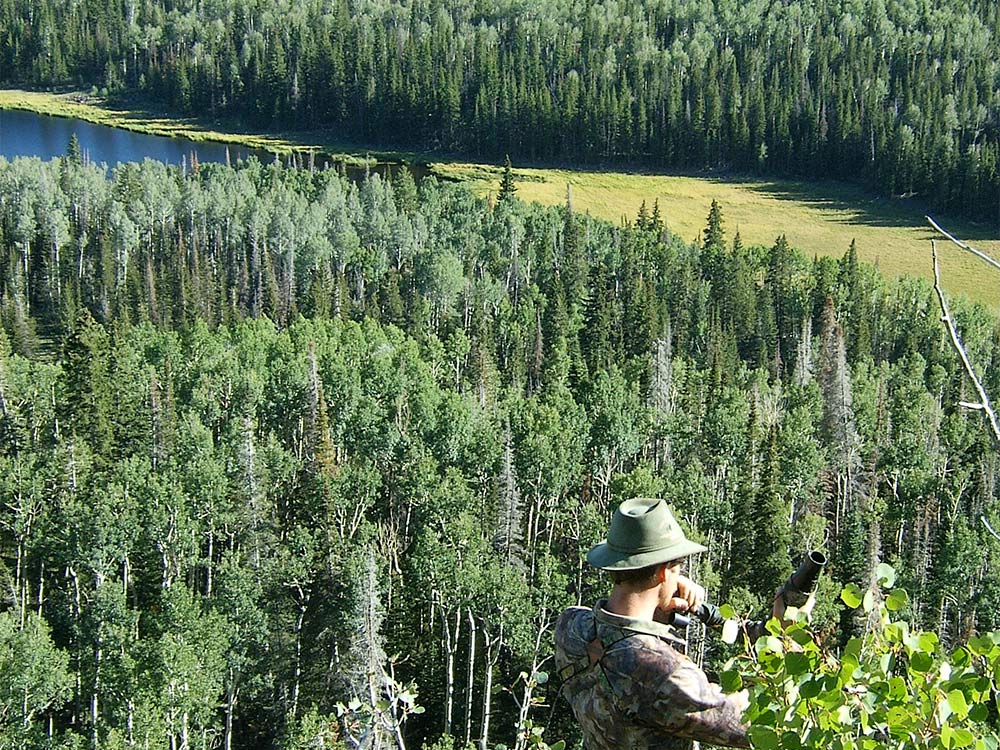
More opportunities at elk are lost every year to being out of shape than any other one thing. Elk live in tough, steep terrain with a shortage of highly oxygenated air. Whether you are young, old, or in-between, get in the best physical shape you possibly can. Run, work out with weights, ride a bicycle, and climb hills or stadium stairs with a loaded backpack on. Eat good food and consider a good multi-vitamin or supplement program like MTN OPS. Sign up for a race or two during the summer—setting concrete deadlines will motivate you to work even harder. One word of caution, though: take care of your body. Don’t push so hard that you hurt yourself. Going into your hunt with a strain or injury is a recipe for trouble.
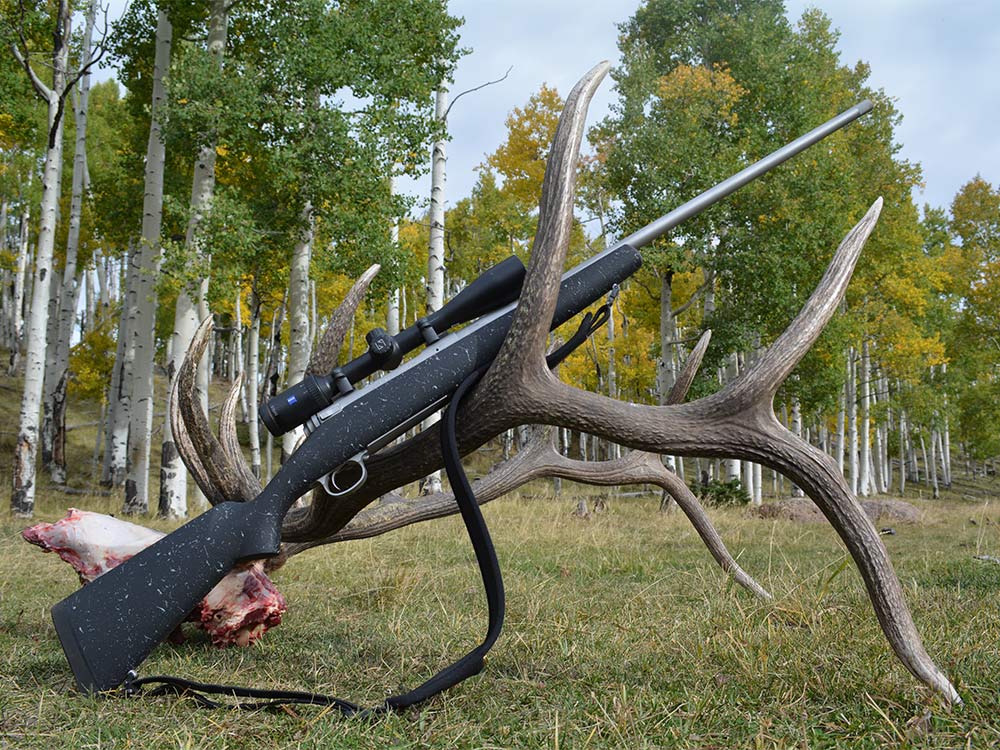
The second most common reason hunters fail to take home an elk is unfamiliarity with their rifle or bow. It is an agonizing thing to watch a big bull walk away because a hunter couldn’t find the elk in their scope, or couldn’t get into an adequate field position. You should spend time with your rifle until your better half becomes jealous—then spend some more. Once it’s sighted in at the range, practice shooting and dry firing from every conceivable field position, and at myriad different targets. I have never been able to find a bench-rest conveniently nearby when I wanted to shoot an elk, but there usually is a rock, log, tree, or backpack just waiting to help out. When the big moment arrives, you should be able to drop into the best available position, instantly find the elk in your scope, and squeeze off a steady shot. Train to immediately rack another cartridge into the chamber and follow up. Elk are tough, so keep sending careful shots until they are down.
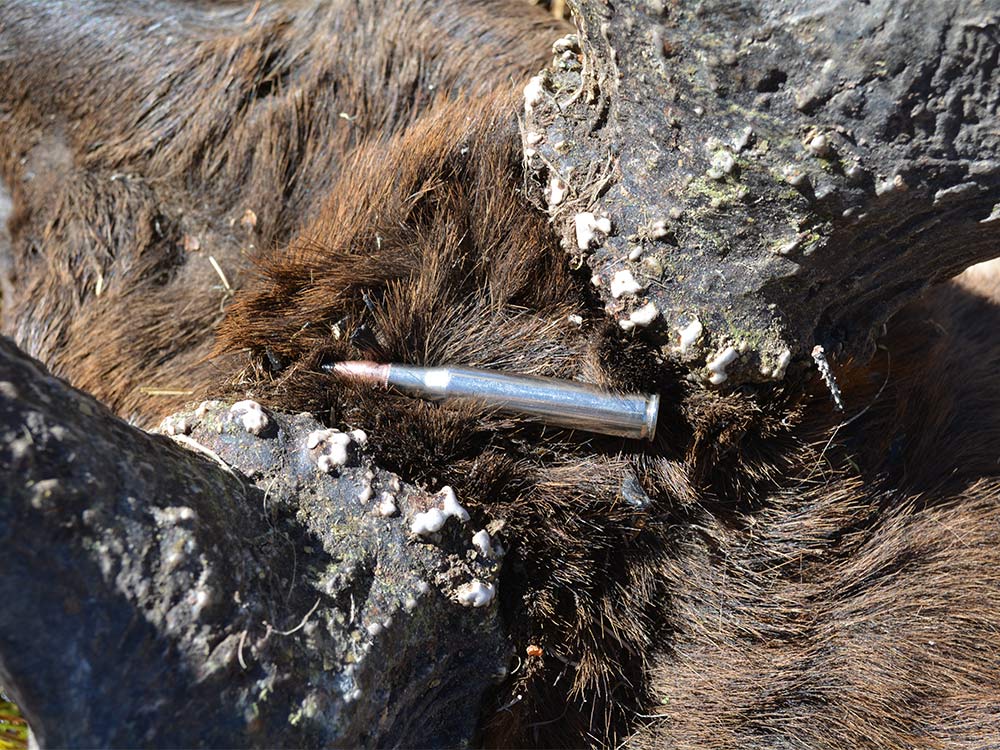
Thousands of elk, including some of my own, have been killed with simple cup-and-core bullets, or even cast lead projectiles. They work fine, in lots of cases. But you will up your odds—and your opportunities—if you shoot a bullet that is capable of performing under any circumstances. Regardless if your shot is very close, very far, or severely quartering toward or away, you want a bullet that will succeed in reaching the vitals. Use a premium projectile like Federal’s Edge TLR, Barnes LRX, Nosler Partition or Accubond, or Hornady’s ELD-X. Shoot your chosen ammo until you are thoroughly familiar with it, where it impacts at every range, and how it acts in windy conditions. In my experience most elk are shot at less than 200 yards, but opportunities do occur at much further distances, so prepare accordingly.
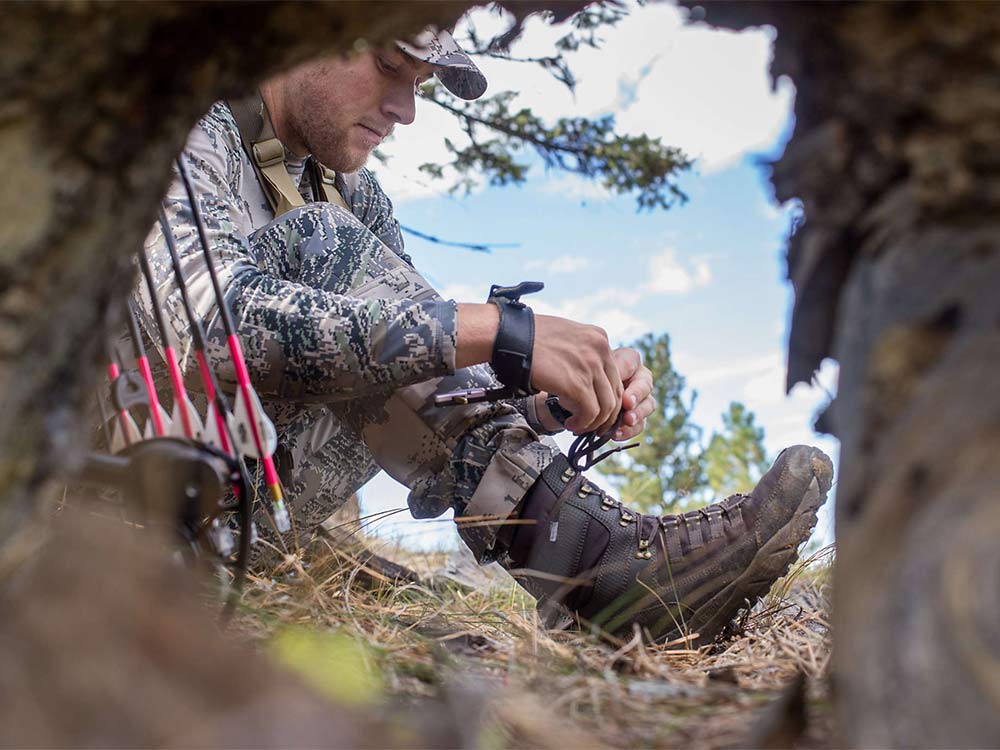
Another common challenge elk hunters face is foot problems. Bad boots or poor preparation can abruptly end the elk hunt you have been dreaming of all year. Prevent that by getting good boots early in the year and wearing them all summer while you work out, hike, or mow the lawn. Some of my favorite boots are Danner Tachyons (a superlight, non-waterproof, early-season tactical kind of boot) and Danner Pronghorns, which are available in an assortment of models. Whatever you get, wear them a lot before the hunt. That way both your feet and your boots will be ready.
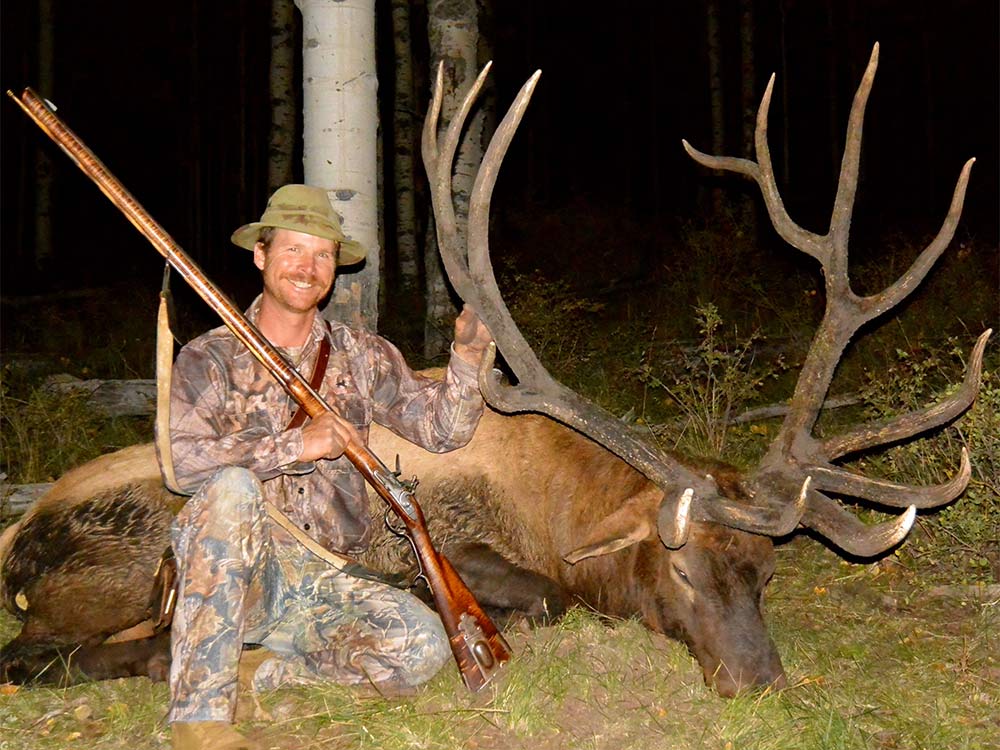
Most hunters are pretty tough while sitting around at home with a cold beer in hand and buddies to talk elk hunting with. But toughness evaporates at an astonishing rate when you are tired and cold to the bone, and far from home and loved ones. It disappears even faster when elk seem nonexistent, your feet and pack straps hurt so bad that they make your eyes water, and your food is almost gone. You need to prepare now to weather those emotional storms, pull frozen boots onto your sore feet before dawn, and shoulder your pack in search of elk. That’s what successful elk hunters do, and that’s why they kill elk when other hunters fail. Many bulls are killed during the last hour of the last day of the hunt, and you need to be prepared, mentally and physically, to hunt that hour.
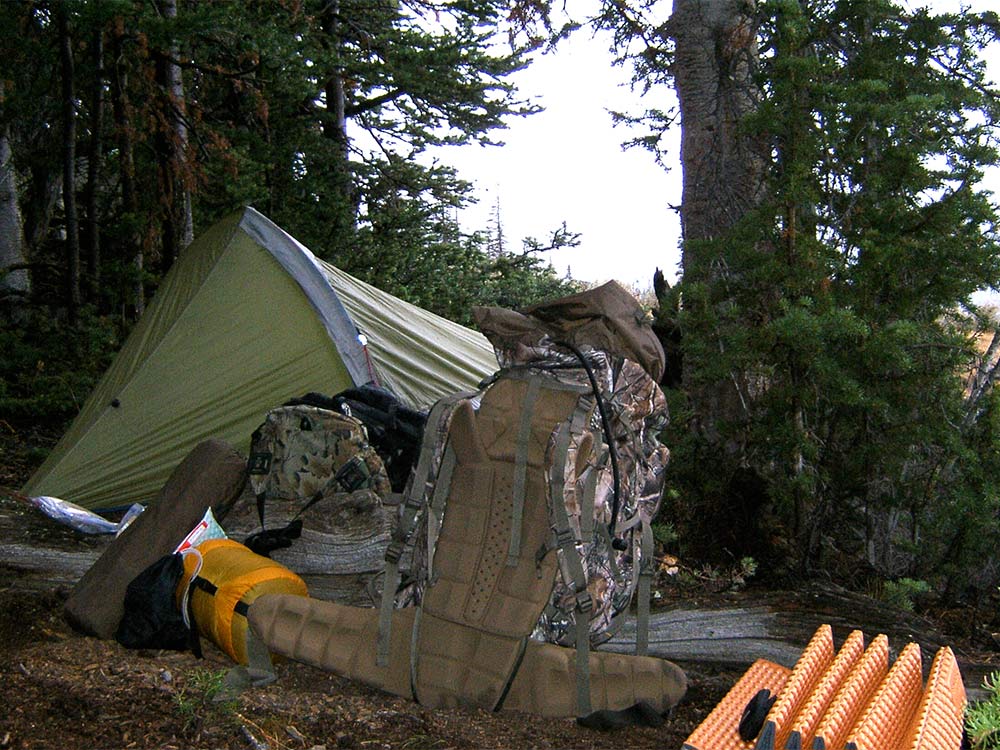
The biggest bulls I have killed, or helped to kill, were all taken during stretches where I was sleeping on the mountain among the elk. Well, not right in the herd, but downwind a few hundred yards. You’ll need special gear to bivy hunt, including a superlight tent, sleeping bag, pad, food, stove, and so on. Research the gear, purchase what you need, and make some practice camping trips during the summer with it. That way you’ll be ready to deploy your camp at night when you are cold and tired, and then pack it before daylight so you can sally forth in pursuit of that bull that bugled your name all night. It’s one of my favorite experiences: sleeping on the mountain, stars overhead, bulls bugling in the distance. And it’s absolutely one of the best ways to kill elk.
Cheap gear has no place in elk country. That’s not to say you must have the highest-tech, uber-fancy, and latest-and-greatest gear. Lots of elk have been killed by savvy hunters wearing wool clothing and shooting old wood-and-blued rifles. But cheap boots, inexpensive packs, thin sleeping bags, and bargain binoculars will sabotage your hunt. Don’t use them. Buy the best gear you can afford, and take care of it. Trust me—you’ll thank me when you’re on that mountaintop, closing in on the bull of your dreams.
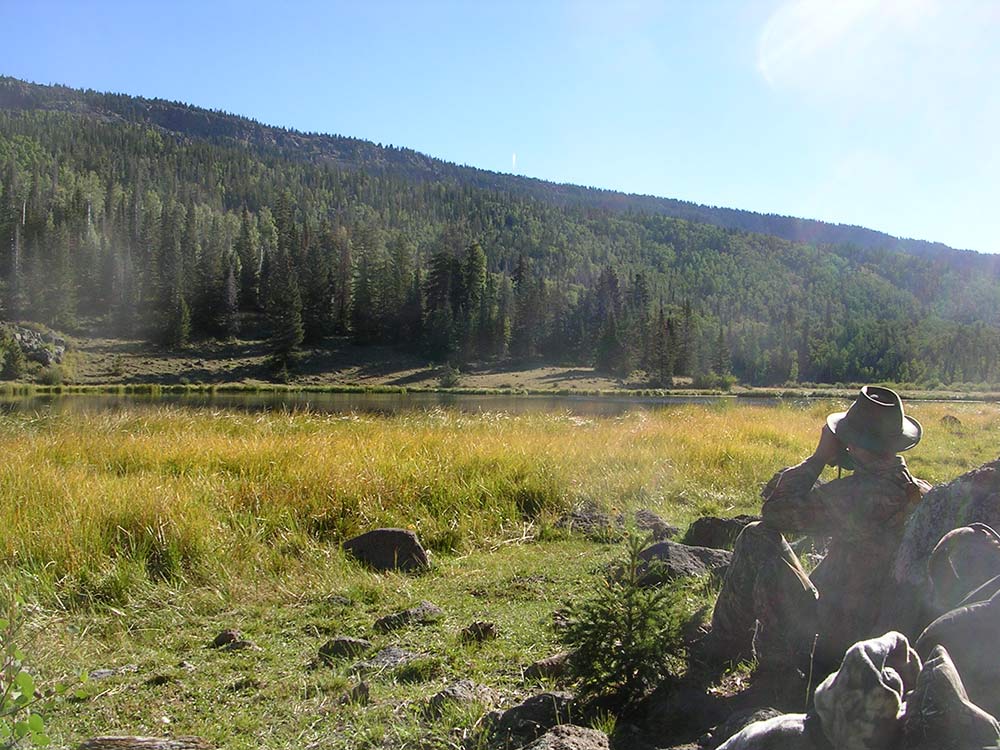
The hardest part about elk hunting isn’t the early morning summer runs, the cold frozen boots, or the biting pack straps. In time, an elk hunter will take all those things in stride, and even learn to appreciate them. But finding elk can challenge even the most experienced hunters. All the advice above comes into play while trying to find and actually shoot an elk. Here’s a little more that, if you listen, will tip the odds in your favor.
Use your eyes. You can cover more terrain in a morning of glassing than you ever could in a week of hiking. Find a good high vantage spot (which might also qualify as a good bivy campsite) and glass surrounding mountainsides, canyons, meadows, ridge-top saddles, waterholes, and every place that might hold an elk. If there are elk in the area, and you do your job right, you will find them. They may be miles away, but miles can be covered.
Listen. Elk are vocal animals, and will be talking at least a little during all early-season and mid-season hunts. Learn what elk sound like, and keep your ears open. You should even learn to listen in your sleep: should you find yourself camped on a mountain with a bugling herd of elk passing by, pack your bivy, and follow them until dawn. Then wait downwind for a shot as legal light reaches across the canyons.
Read sign. If you did your armchair scouting properly, you will have potential good spots to look for elk. Ease your way through those areas, looking for fresh dung, muddy wallows, torn-up willows, rubbed trees, and fresh tracks. If you find them, lurk on the downwind side of the area, or on a vantage point overlooking it. If there is snow on the ground, follow the tracks carefully until you come upon the elk. Slow to a snail’s pace once the tracks start to meander aimlessly, and an increase in dung and urine appears. Keep your eyes moving and your thumb near the safety—the elk will be very close by.
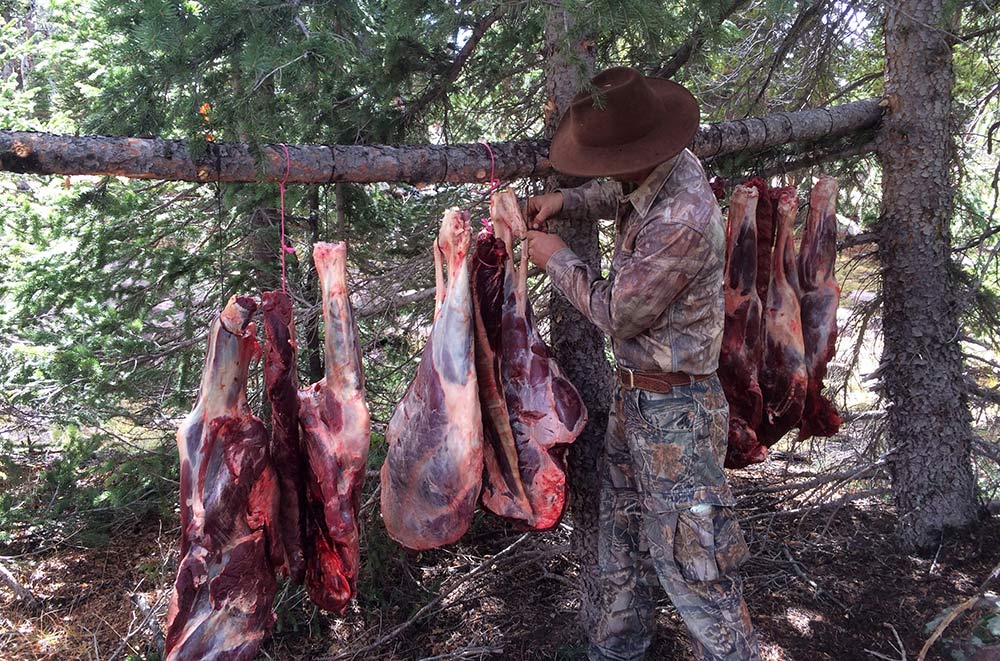
Once you have researched, prepared, and executed a successful hunt, you will need to get all that blessed meat cared for and transported to your truck and home. Regardless whether you killed a bull or a cow, elk are big, and considerable work is required. Create a list of items you’ll need for meat care, both in the field and back at base camp. This includes game bags, trash bags, knives, and coolers. Once you have an elk on a ground, remember how time consuming—and grueling—the process of packing meat is. Here’s a quick preview of how to proceed once you get your elk on the ground.
First, get your photos. Try to be efficient, but take what time is necessary.
Read Next: 11 Mistakes Elk Hunters Make, and How to Avoid Them
Next, skin and quarter your elk. Unless you do this regularly each season, be sure to research the best methods for this before hand. (YouTube is handy for this.) Be extremely careful to keep the meat clean and free of dirt and hair. Get all four quarters hung in the shade to cool and develop a thin crust. Hang the backstraps and tenderloins across a clean log or rock, place the neck meat and trim meat in a breathable meat sack and hang it to cool. If the weather is really warm place the meat in contractor-grade trash bags and submerge it in a cold spring or creek, keeping the mouths of the bags tied securely so that water won’t get inside. It will keep quite a few days like that because mountain water is very cold.
Lastly, carry your meat to your vehicle and pack it on ice in your coolers. If you have access to horses, this is an easy task. If not, you will have to backpack your elk to your truck on your own shoulders. If the distance is far, bone out the meat and leave the bones in the backcountry. Hang in there, trip after trip, saving the antlers for the last victory lap. A week later you will be home, wishing you were back in the mountains, listening to elk bugle and packing meat again.
